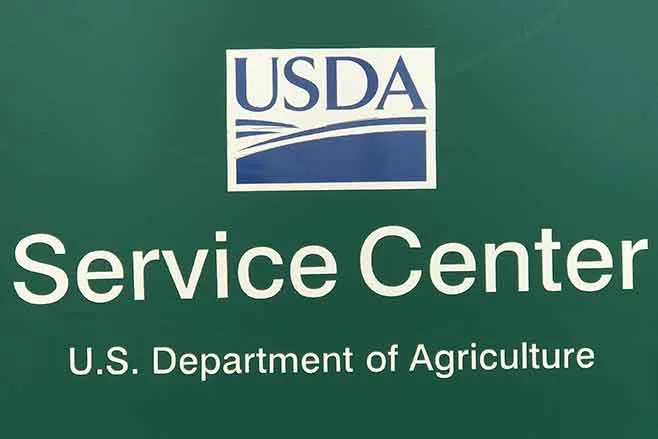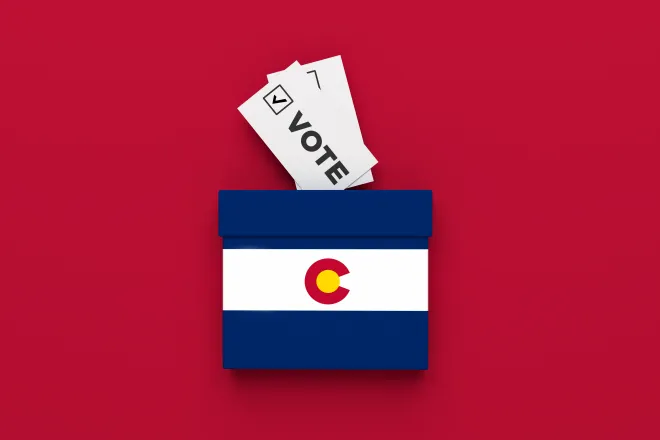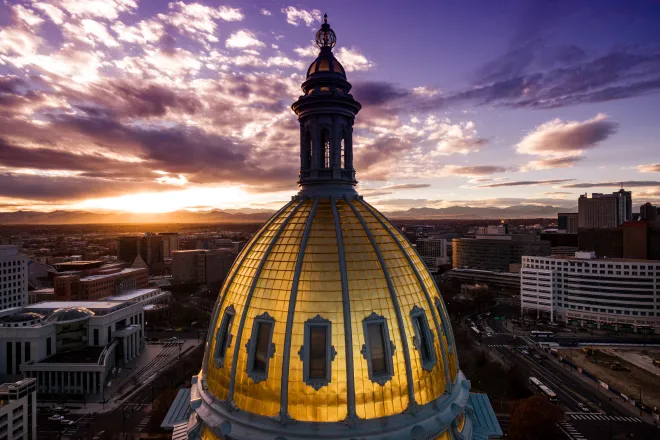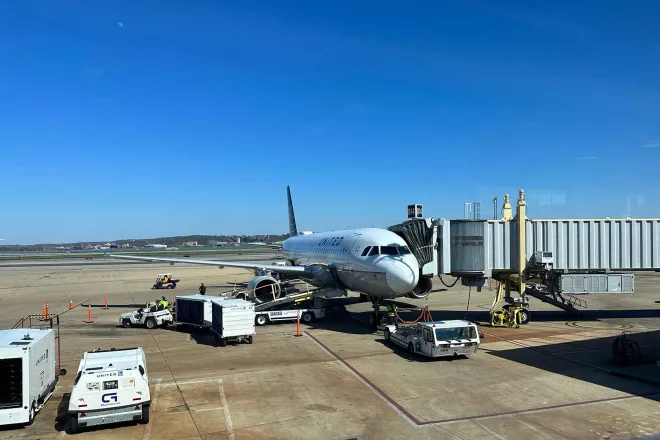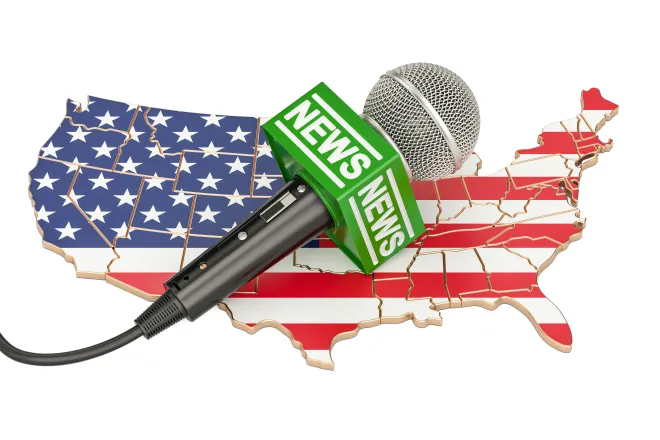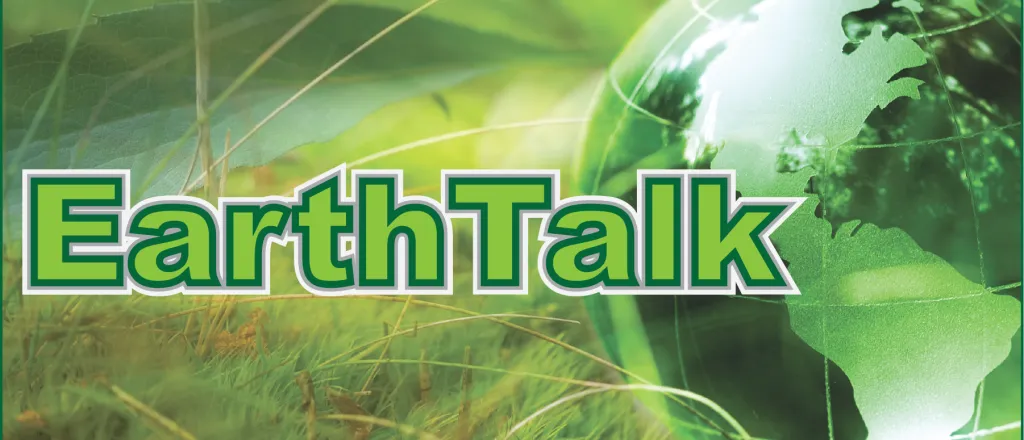
EarthTalk - How have Trump’s budget cuts affected U.S. national parks?
©
Dear EarthTalk:
How have Trump’s budget cuts affected U.S. national parks and can we expect widespread closures during the busy summer season?
Mary Paterson, Greenwich, CT
America’s national parks welcome millions of visitors per year, some 331.9 million in 2024. And parks offer more than just scenery. The 63 American national parks are vital to conservation and local economies. The National Park Service (NPS) is responsible for the sites, from larger parks like Yosemite to smaller sites. However, the NPS heavily relies on funding from the federal government. Trump’s federal budget cuts included significant cuts to the Department of Interior, which oversees the NPS.
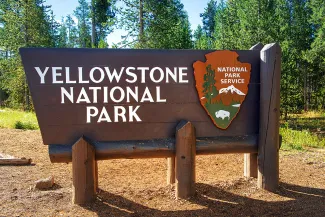
© Ingo Dörenberg - iStock-1138192128
Trump heavily reduced NPS funding despite Congress having not approved all of it. For example, NPS has struggled heavily with maintenance costs, such as road and trail repairs and upkeep at visitor centers. Furthermore, the deferred maintenance backlog for NPS was over $23 billion as of 2023. Reductions in the budget also led to staff cuts and hiring freezes, leading to a smaller number of people who could support the parks and tourists. Many national parks sponsor environmental initiatives, but these have had to be scaled back due to the budget cuts. Theresa Pierno, the CEO and president of the National Parks Conservation Association, said, “This budget doesn’t value our parks, and instead presents cuts that would be deeply damaging to them,” in response to the Trump Administration’s FY2018 budget.
Staff shortage from budget cuts means fewer rangers, programs and activities available for tourists. Many basic services, like trash collection, restroom cleaning and trail maintenance, have been delayed in many parks due to this issue. Trails, campgrounds and visitor centers in a few parks were even closed temporarily due to a lack of park staff. Parks with a high visitor volume became overcrowded, leading to environmental damage, safety issues and a less satisfying and peaceful experience for visitors.
While no major national parks shut their doors completely, many smaller parks were especially vulnerable to the cuts. The reduced funding meant these parks had shorter operational hours and a reduced visiting season, impacting the communities in the area that rely on money generated by tourism. Phil Francis, chair of the Coalition to Protect America’s National Parks, believes that “this financial challenge, combined with increasing use of the parks and recent policy changes, greatly challenges the ability of the NPS to meet its fundamental mission of resource protection and visitor enjoyment.” Many see these cuts as having long-lasting consequences for the future of America’s national parks. Future administrations face the issue of creating a sustainable budget for national parks. Most important, public advocacy through organizations such as the National Park Foundation and the National Parks Conservation Association will continue to play a large role in protecting our national parks for decades to come.
CONTACTS
- National Park Foundation, nationalparks.org;
- National Parks Conservation Association, npca.org;
- The Coalition to Protect America’s National Parks, protectnps.org.
EarthTalk® is produced by Roddy Scheer & Doug Moss for the 501(c)3 nonprofit EarthTalk. See more athttps://emagazine.com. To donate, visit https://earthtalk.org. Send questions to: question@earthtalk.org.






